Welcome back to this week’s Feature Friday! Today we want to talk about a 3D printing topic we are very enthusiastic about – especially since it is one that has a great impact on the lives of 285 million people around the world* and that is: 3D printed braille.
3D Printed Maps…
“How 3D-Printed Maps Are Helping the Blind and Visually Impaired” from citylab.com was the first article we read on this issue and we were instantly impressed by the easy-to-realize and for many people life-changing project. Employees at the Joseph Kohn Training Center in New Jersey, a facility that teaches vocational skills to the blind and visually impaired, used 3D printers and 3D modelling software to recreate gigantic maps to help students navigate the halls in a faster and more convenient way. In contrary to the original wooden maps which hang on the walls the new floor plan is made out of durable plastic and comes in the size of a small tablet. Therefore students can carry it with them and review it again and again without the need to memorize everything. Portability, speed, durability, and versatility are just four advantages of 3D printing, states the article.
…and more Projects to improve the Blind’s Life
Excited about these 3D printed maps we did some more research and found out that there have been plenty of similar experiments being realized to exploit the full potential of 3D printing for blind people in all aspects of life. For example at the Blindenstudienanstalt, a college for the blind and partially sighted in Germany, 3D printed models of geometric shapes as well as models of bones, molecules, waves, and visual phenomena such as shadows were introduced. 3D printing allows us to make things outside the realm of direct touch literally graspable
, says Knut Büttner, one of the college’s math teachers at the 3D printing fair FabCon.
Furthermore, a team from the University of Colorado Boulder have used 3D printing to create tactile versions of famous children’s books, like “Good Night Moon” or “Noah’s Ark”. Open-source digital files of the picture books are available to download from the Tactile Picture Books library, allowing anyone with access to a 3D printer to create them free of charge.
Also classical art such as Caravaggio’s “Flagellation of Christ” from 1607 was brought into the third dimension with the help of the ColorJet printing technology. With the goal of “[removing] physical barriers that make [the painting inaccessible] to the blind and visually impaired”, the MakerForArt group began with a high-resolution image of the painting, before studying it and modeling a 3D version. The challenge with the Italian Baroque painter’s work was his unique use of light and shadow. In order to resemble this light and shadow play parts of the painting that are hidden in shadow, such as the crucifix, are barely perceivable to the touch and that enables a similar depth experience for the visually impaired. Even the texture of the brush strokes and other fine details were reproduced in order to make the print more valuable.
Our Experience with 3D Printed Braille
Shortly after discovering these wonderful projects we received our first own inquiry for a braille 3D print job and we were very excited about this opportunity. But how do you recreate braille for 3D printing and how do you do that without any knowledge about braille?
Actually, there are numerous online tools available that translate typed text into braille and convert it into an .stl file. We experimented with the free braille converters from Lumi, GitHub – linked through braille plaque generator from Thingiverse. All three of them were very easy to use – even without any knowledge about the braille alphabet. After having the .stl file we were uncertain weather the object is best printed in layers to the side, so horizontally, or vertically as layers on top of each other. So we started experimenting and as we experienced it, the best way to print objects with braille depends mainly on the used printing material. For instance, for one print job we used flexible WillowFlex and for this we printed the braille on top of the base, so vertically. For another order, for which we printed small plates out of PLA for an exhibition, we found that printing them horizontally was the best way – especially since the .stl file from GitHub and it’s small circles (mouse ears) on each side of the first layer held the object very well to the build plate.
Overall, the projects’ realization was easier than expected. The only two things you really need to create objects with braille are a 3D printer and the intention to help blind people to an easier life, no matter if it is at the museum, restaurant, hotel, or any other public space.
We are looking forward to working on the next braille project and to read about others making more and more areas accessible to the blind and visually impaired. So if you read, hear, or want to realize a braille project on your own let us know. We would be glad to exchange our experience with you.
Enjoy your weekend and see you to our next Feature Friday!
* 285 million people are estimated to be visually impaired worldwide: 39 million are blind and 246 have low vision (Source: WHO)
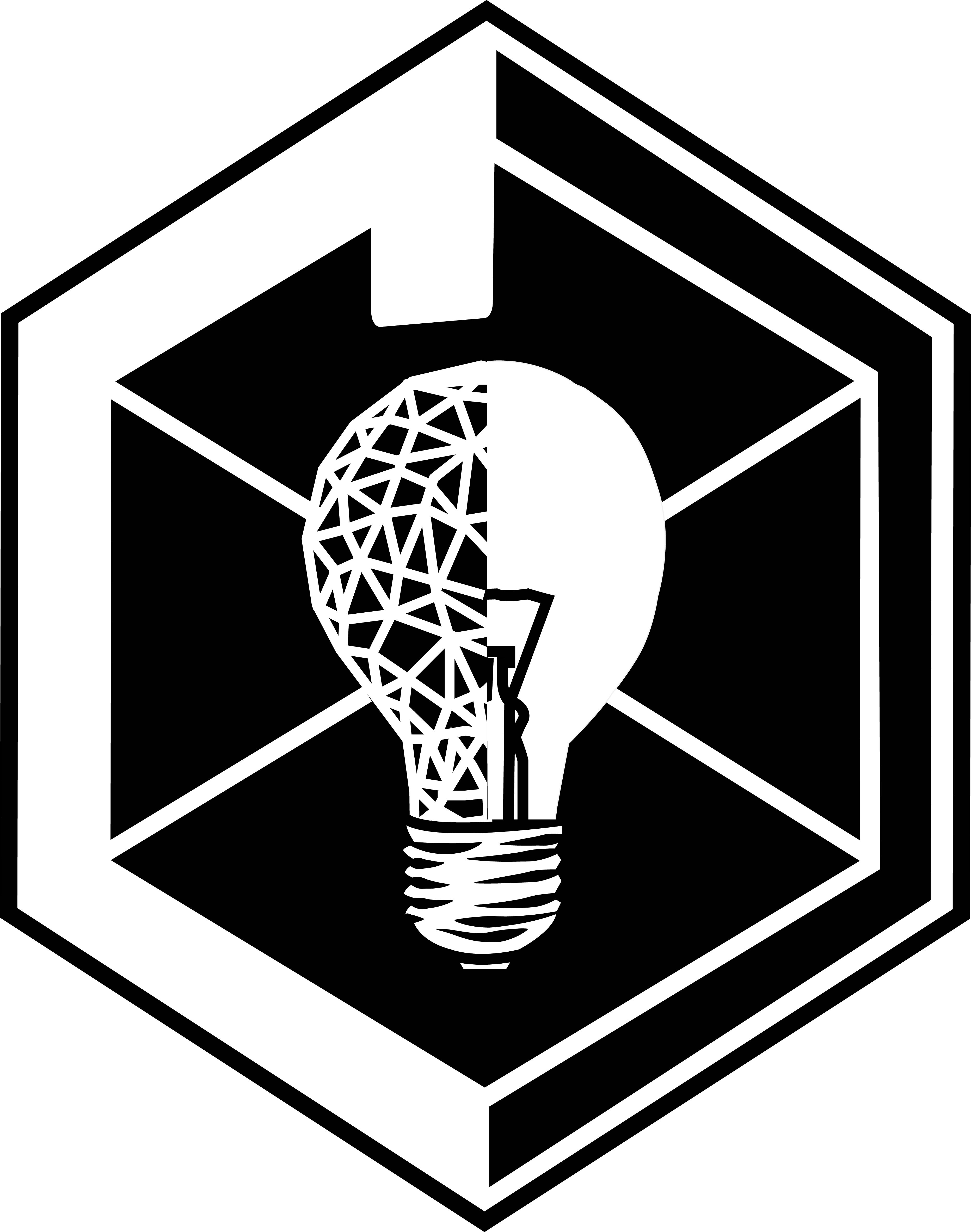
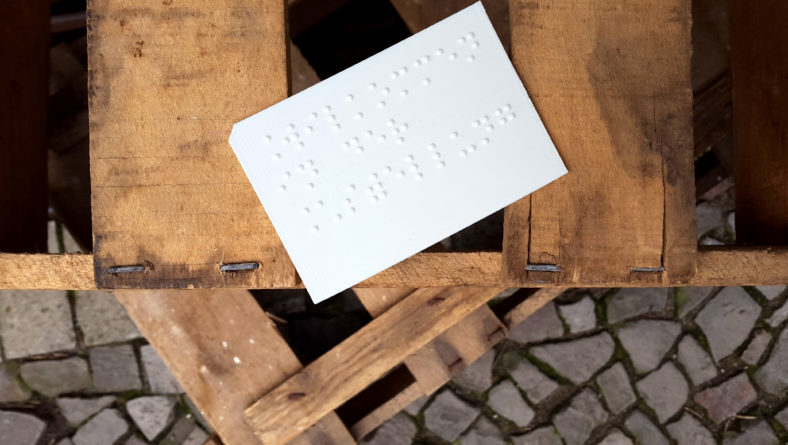
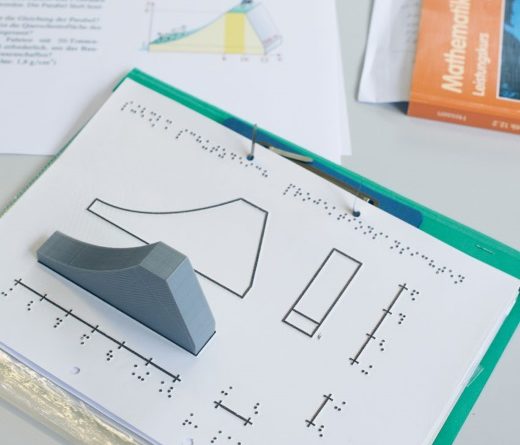
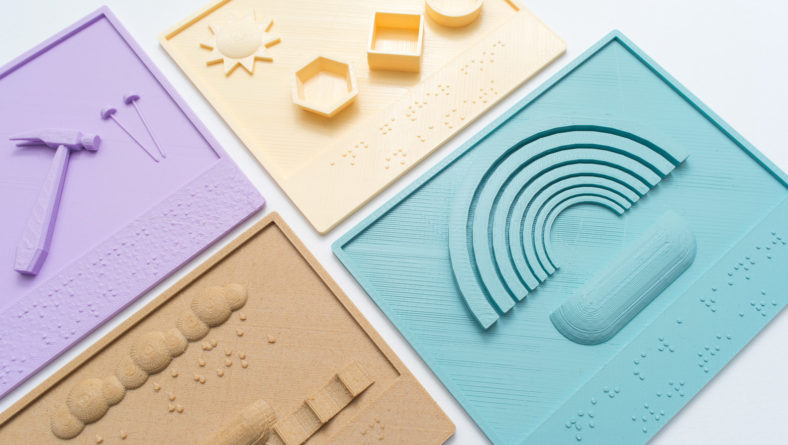
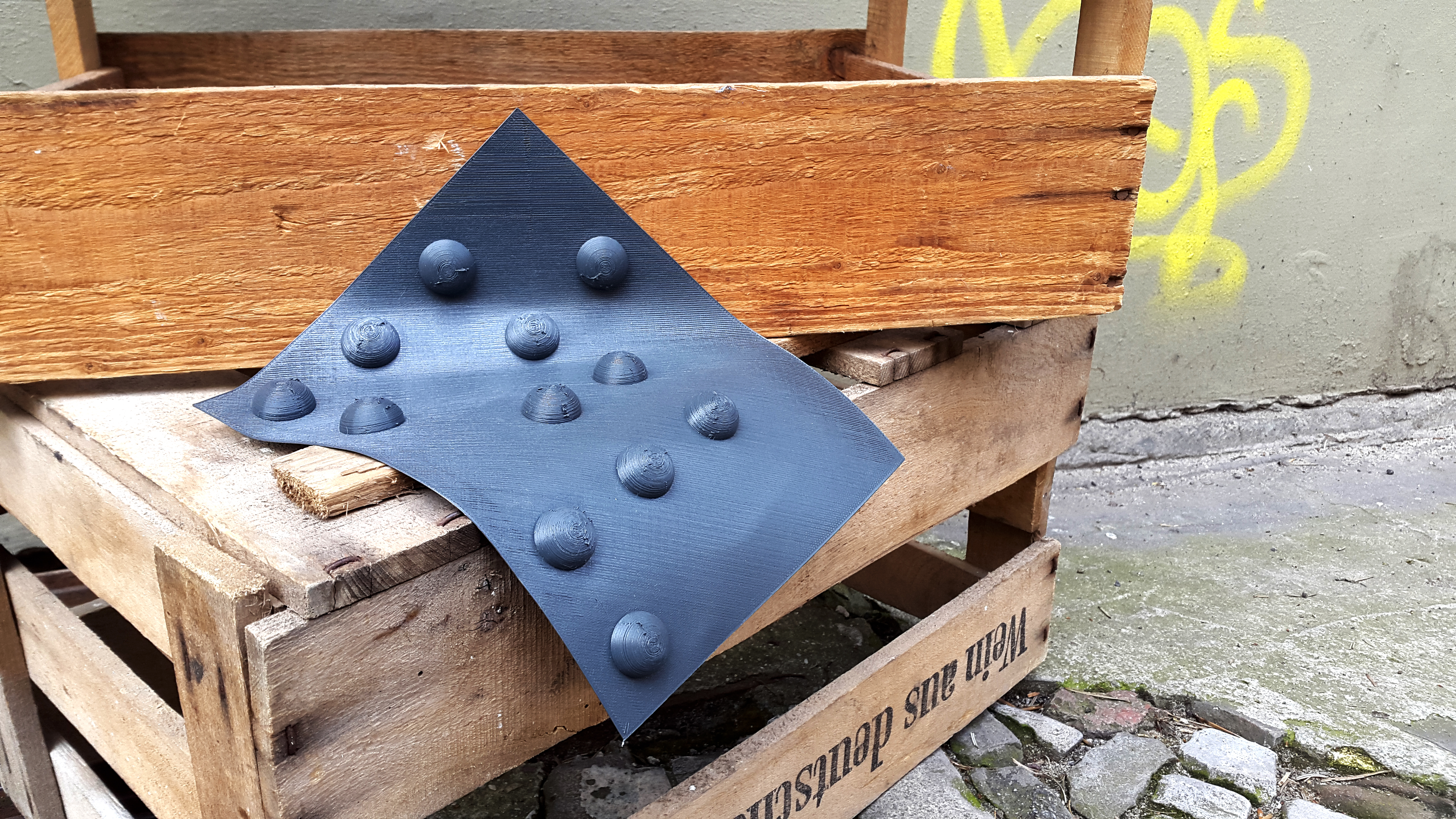
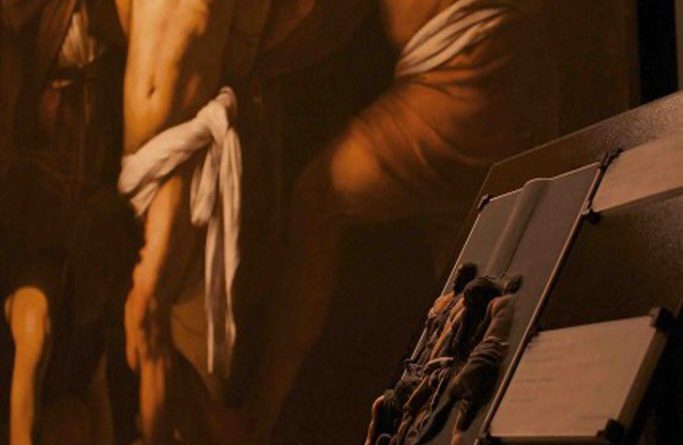
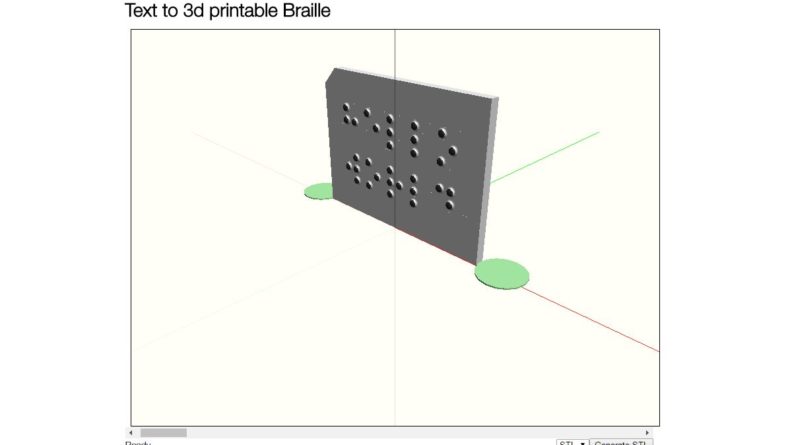

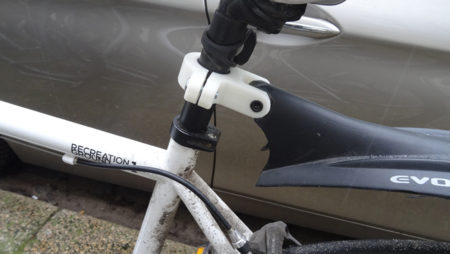

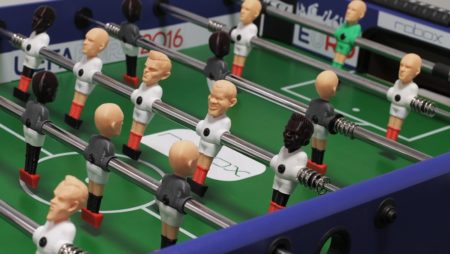
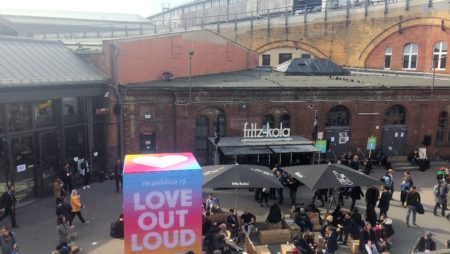
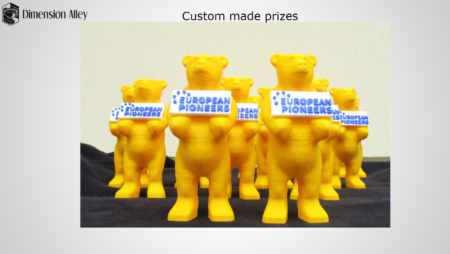
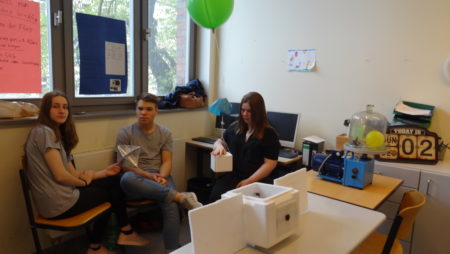
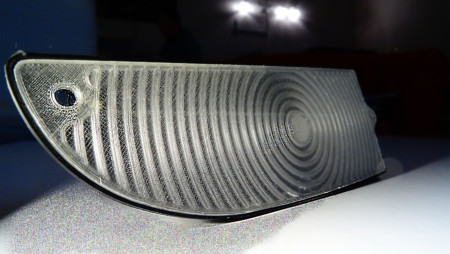

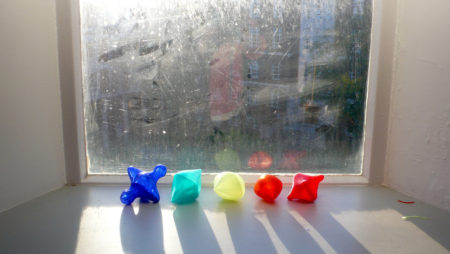
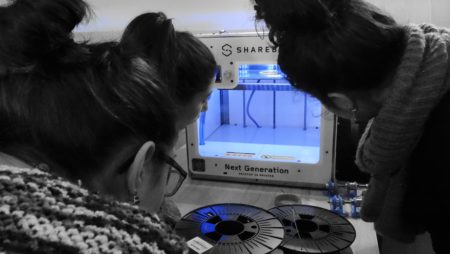
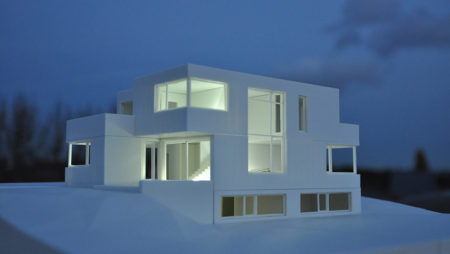
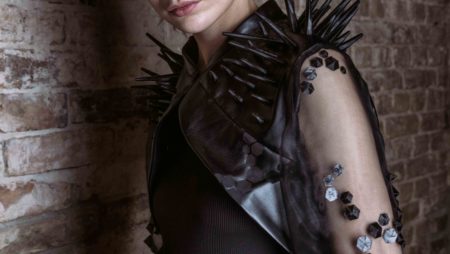
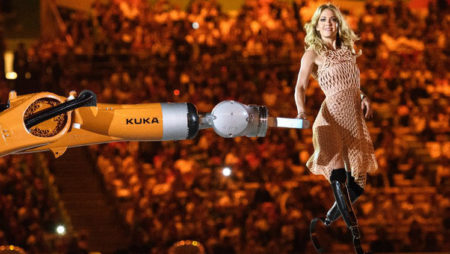
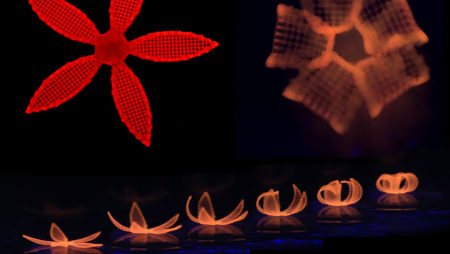
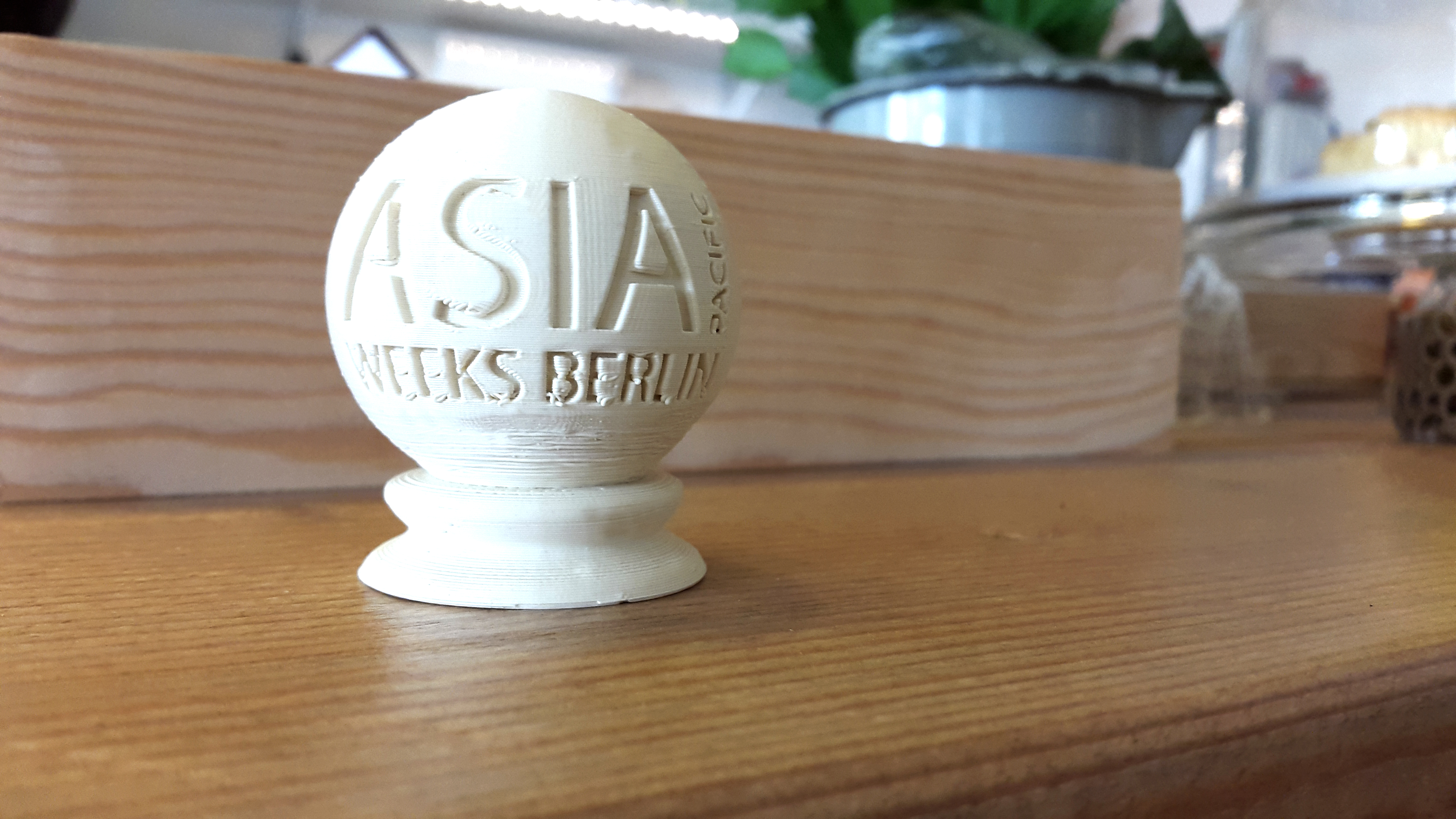
No Comment
You can post first response comment.